
Amazon has aggressively pushed down the price of tablets in order to undercut Android rivals. Here’s our Amazon Fire review, which explains why the tablet is such a bargain at just £49.
PRICE WHEN REVIEWED
- £49.99 inc VAT
AMAZON FIRE (2015) REVIEW – THE BEST BUDGET TABLET
The 2015 Amazon Fire is the fifth generation of the company’s 7in tablet. And it is by far the cheapest. Find out why it’s such a bargain for both kids and adults our Amazon Fire review (also including the Amazon Fire Kids Edition).
Ever since Tesco stopped selling the Hudl 2, Amazon has been the go-to provider of decent quality budget tablets. The Fire range is based on Android, but as we explain later, these aren’t Android tablets. They don’t have any of Google’s apps, but you can use YouTube, Gmail, Maps and other services through the Amazon Silk web browser on the Fire tablet. It’s a workaround, and not as good as having the apps.
Since we reviewed the £49 Fire, Amazon has released an updated Fire HD 8 which has an 8in screen and costs £89.99.

That’s a crazy price for tablet, but it really is that cheap. This price includes ‘special offers’ which means you’ll get adverts for products on the lock screen. When you buy the Fire you’ll see an option to pay £10 extra to remove these.
The contract lasts two years (a total of £360) and comes with a portable MiFi device – a mobile Wi-Fi hotspot – so kids can get online when you’re in the car or anywhere in the UK with a mobile signal. The package includes 2GB of data per month.
Amazon added a choice of colours a while back: there are now Blue, Tangerine and Magenta options. They all cost £49.99 but you can now pay £10 extra to double the internal storage from 8GB to 16GB, making the total £59.99.
The extra storage also applies to the Kids Edition which costs £99.99. This includes a special bumper case in blue or pink, a year’s subscription to Fire for Kids and a two-year ‘worry free’ guarantee that covers accidental damage. The software is exactly the same, though, and you should consider buying the basic tablet as well as the Kids Edition. The only difference with the Kids Edition is that you’ll be asked to create at least one child’s account when you go through the initial setup process, and this will activate the free year’s subscription to Fire for Kids.

The Fire HD 6 is available in a Kids Edition, too, but costs £119.99 yet lacks a microSD slot, so it’s impossible to recommend in the light of the newer models. If you do see this old model on sale, ignore it.
AMAZON FIRE REVIEW: FEATURES AND DESIGN
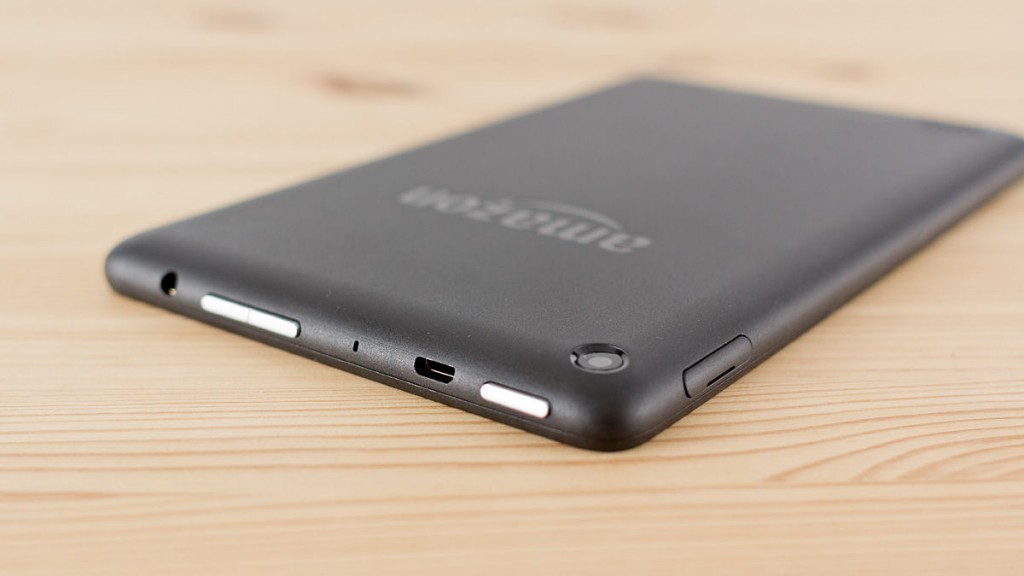
This isn’t just an older model with a price drop: this Fire has a new design. Amazon has moved away from the angled edges and chamfered rear panel. Now there’s rounded edges and corners.
All the ports and buttons are on the top edge which makes them easier to access when in a case, and you can buy the official Amazon case in a range of colours for £19.99. The case’s lid folds a bit like a picture stand and props up the tablet in both portrait and landscape orientations. Alternatively you can buy a more rugged kids’ case for the same price, but Amazon says the Fire is 1.8 times more durable in “tumble test” than the iPad Air 2 anyway.
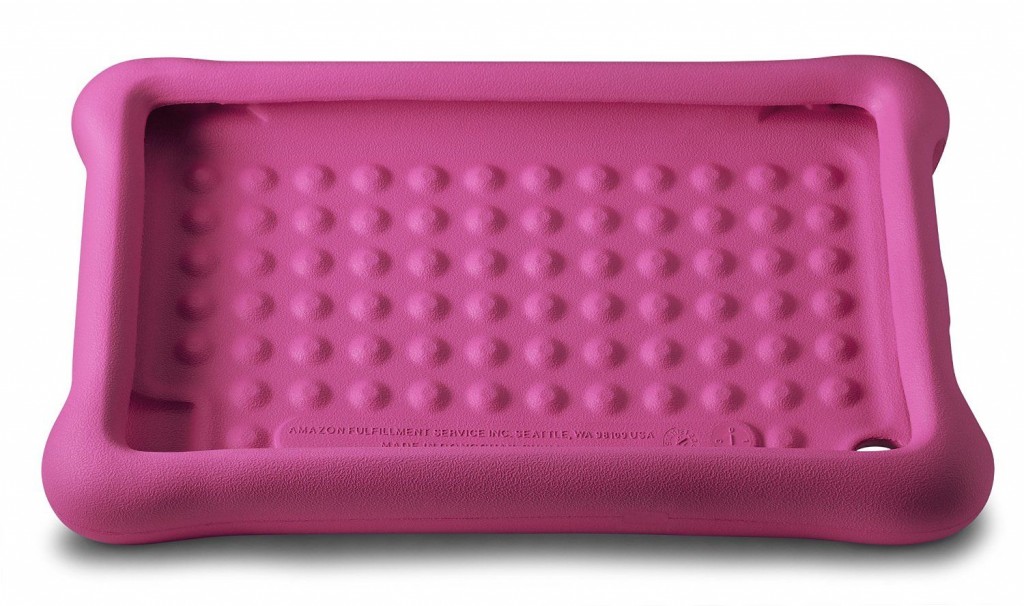
It’s hard to know exactly what that means, but if you want to you can buy extra warranty for the tablet that includes accidental damage for £14.99 for one year, £19.99 for two years or £29.99 for three years.
Build quality doesn’t feel especially good. When you tap the back panel the tablet sounds hollow, and if you try to twist the whole thing, colours change on the screen. But that goes for most tablets: if you try to break them, they will break.
The bezels around the screen are still a bit fat to make it look modern or stylish, but such things aren’t concerns when you’re spending this little. At 313g and 10.6mm thick it’s a bit podgy, too, even though it’s marginally lighter and smaller than previous generations.
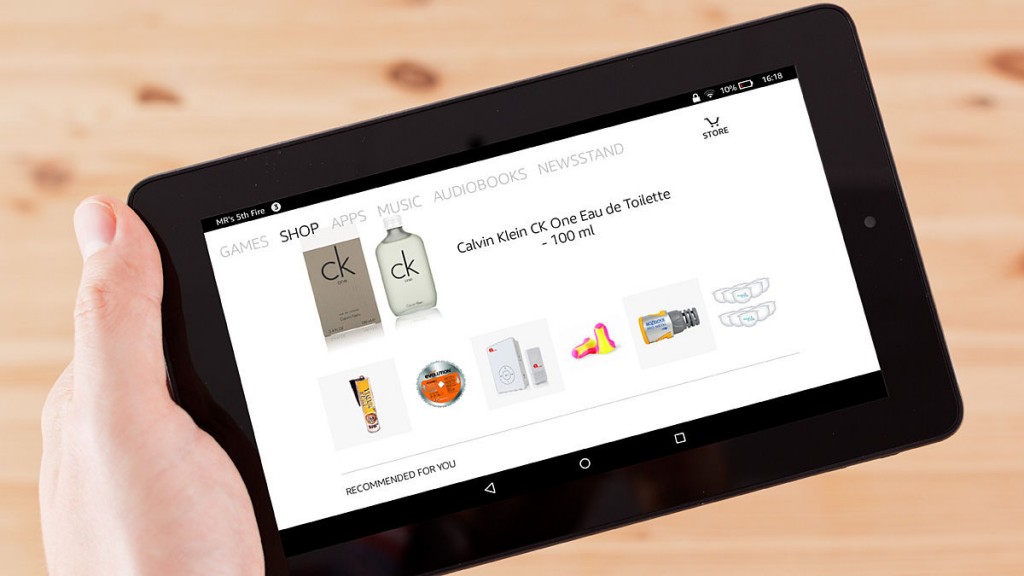
The screen is an IPS panel, though. That means it’s instantly better than the majority of budget tablets (including virtually all kids’ tablets) which insist on using poor-quality TN screens. IPS means viewing angles are good, and that’s one of the most important aspects on a tablet. The low resolution of 1024×600 makes things look a bit blocky and fuzzy, but the interface has been designed around this and – in general – everything looks better than you’d expect.
There are exceptions, such as when you’re faced with a terms and conditions screen with smallprint and tiny tickboxes.
Colours are reasonable, as is brightness and contrast. Our main criticism is that the screen is sometimes unreponsive to touch. Whether this is a failing of the screen itself (the touch-sensitive layer) or the performance (see below) is unknown. But sometimes you tap multiple times before your gesture is acknowledged.
You get front and rear cameras, a single rear-facing speaker, Wi-Fi and Bluetooth, and little else. But there is one major addition: a microSD card slot. Until now, Amazon tablets have been hamstrung by non-expandable storage. This meant that the 8GB versions filled up within days (if not hours) and you were constantly bombarded with messages telling you delete things to free up storage.
The Fire is available in only one capacity: 8GB, but you can add up to 128GB by buying a microSD card. You can install apps on the memory card, but certain apps have to be installed on the internal storage. Of course, you can put movies, music, home videos and photos on the card to free up internal space.
Costs are cut by using the basic versions of everything: the Wi-Fi is single-band 802.11n, and it’s a USB 2.0 port rather than anything newer. But few people need anything better, and most people won’t even notice.
What you will notice is that the cameras are rubbish. The front camera has a paltry 640×480 resolution and is barely up to being used for Skype calls, and the rear camera produces smudgy photos and shaky, blurry videos. And that’s when there’s lots of light.
AMAZON FIRE REVIEW: PERFORMANCE
With a quad-core 1.3GHz processor and 1GB of RAM we were never expecting great performance from the Fire. We could list a load of benchmark results here, but for most people thinking about buying this cheap tablet there’s only one question: is it fast enough?
In general, it is. Sometimes it’s quicker than you’d expect, and the operating system – Fire OS 5 – feels slicker than some Android tablets costing twice as much. Apps load within a couple of seconds, and naturally even faster if they’re already running and you’re just switching back to them.
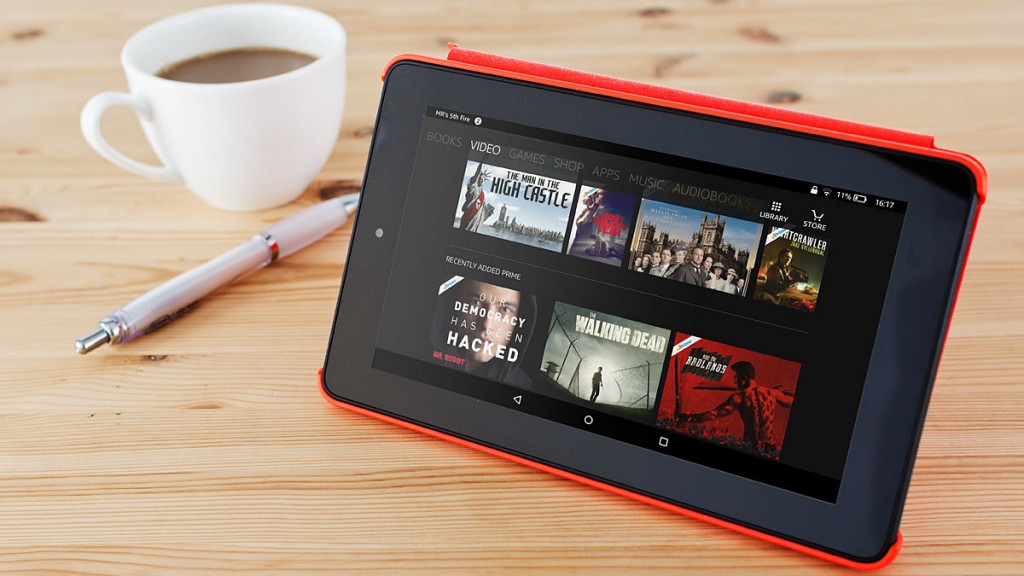
But the limited amount of RAM means you have to be careful not to run too many in the background as the Fire becomes sluggish and unresponsive when you max it out. The screen can take a while to rotate when you turn the tablet, so you turn it back and the screen rotates to the other position as you do.
It’s no speed demon for games, either. But if you’re just crushing candy or playing other casual games, which covers virtually all kids games, it’s absolutely fine. (We’ve had no complaints from our eight-year-old tester who has been using the tablet for over six months.)
Battery life is ok, but not great. Amazon says it will last up to seven hours, which is a few hours short of the best tablets today. Charging time can be an issue, as it takes almost six hours using the included mains adaptor. The good news is that it retains charge if you leave it in standby for a few days.
AMAZON FIRE REVIEW: SOFTWARE
One of the biggest improvements over previous generations of Fire tablets is the latest version of Fire OS, version 5, but referred to as Bellini. There’s logic here, since Fire OS is based on Android which uses friendly codenames as well as numbers.
Bellini is based on Android Lollipop, and it shows much more than in the past. You get an almost standard Android notification / quick settings panel when you swipe down from the top of the screen and can swipe away notifications, adjust screen brightness and toggle Wi-Fi and Bluetooth on and off. Even the on-screen buttons at the bottom are the same as Android’s. The square icon brings up the standard Android app switcher where you can swipe away apps to close them.
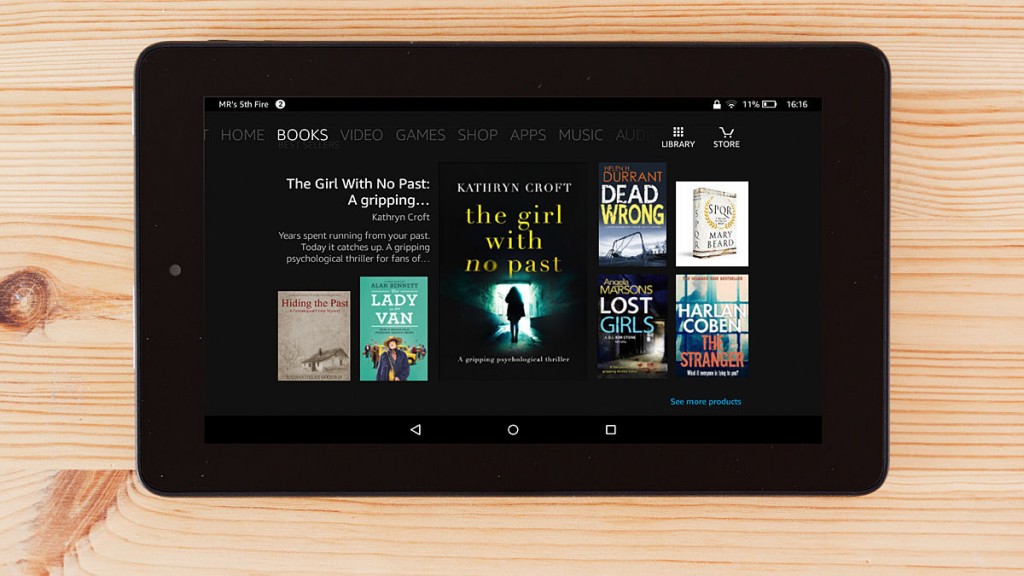
You can also switch user accounts in the usual Android way, by tapping on the user’s photo (or icon) on the lock screen or from the notification panel. This is particularly good if you’re sharing the tablet with your kids, or buying one for them to share.
You can set it so that when they switch to their account, the Fire for Kids app automatically opens. It lets you choose exactly which apps, books, games and more they can access in their individual account. While we’ve praised this mode before (it used to be called Freetime), it could still be improved. For example, it would be more intuitive to have a search option in each of the books, videos and apps sections.
Note that there’s no web browser in this mode. If you want to grant access, you’ll need to set up a standard user account for them rather than a child’s.
The benefit of using a child profile is that there’s excellent control over how much time (and when) they can use the tablet. You can set separate times for weekdays and weekends, as well as different time limits for watching videos, reading books and using apps. You can even set goals, such as 30 minutes of reading per day and – if you want to – block access to videos and apps until the goal has been met.

The main interface is also more Android like. Instead of the old carousel of recently used apps, you now swipe between homescreens which are divided into Home, Books, Video, Games, Shop, Apps, Music, Audiobooks and Newsstand. All your recently accessed stuff is off to the left of the Home screen.
We prefer this segregation of content and, like it or not, it also means tight integration with Amazon’s various stores and services. Obviously it makes the most sense in conjunction with an Amazon Prime account: you’ll only see things in the Video section if you subscribe to Amazon Prime Instant Video or buy (download) videos from Amazon to rent or keep.
But as a storefront for Amazon’s goods and services, it’s very slick.
The downside is – as ever – no Google apps whatsoever. Want to use YouTube? You’ll have to do that via the web browser or use one of the many third-party apps (none of which we’ve found to be very good). You can set up your Gmail account to work with the E-mail, Calendar and Contacts apps, and you get separate apps for Photos and Home Videos.
As long as you have a compatible cable (OTG) you can connect your digital camera and load photos straight onto the tablet.
The selection of apps and games in Amazon’s Appstore is more limited – still – than Google Play but the new Underground section is very welcome. Again, it’s a great feature for a kids’ tablet as you can be sure there are no in-app purchases with a free app. You do have to be careful, though as there are often two versions of a free app: one in the Underground store which is ‘truly’ free, and a second which includes in-app purchases.

The range of pre-installed apps is good, including a document viewer, world clock, calculator and more, but there’s no mapping app and you won’t find Google Maps in the store.
AMAZON FIRE REVIEW: FIRE FOR KIDS
One of the confusing thing about this tablet is that the Fire for Kids app is available on both the standard one and the ‘Kids Edition’. But on the standard tablet, you’ll have to pay separately to use it: it costs from £1.99 per month.
As of 26 April 2016, Amazon has added lots of new content to the service. Previously all the apps, games, videos and books were aimed at kids from 3-8 but now there’s a selection suitable for 9-12 year-olds.
In the Fire for Kids app you can set up individual profiles for your kids and setting their age will change which content they see. There’s also now a web browser which lets them access thousands of age-appropriate YouTube videos and websites which have been curated by the team at Amazon.
For us, this and the great time limit controls, makes the Amazon Fire the best kids tablet you can buy at the moment. There will inevitably be a few apps not available, but on the whole, the Amazon app store has got most of the key apps kids will ask for.
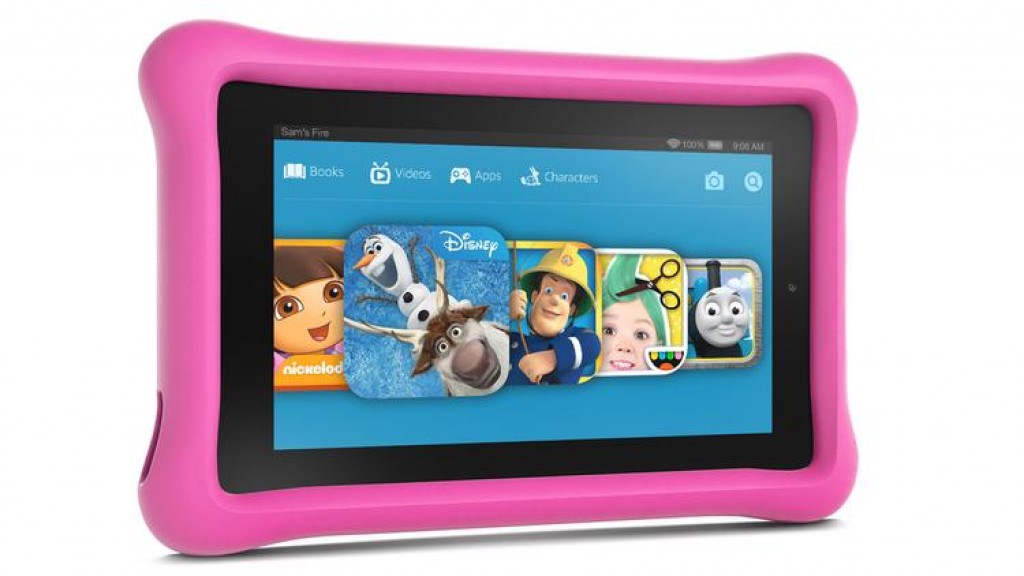
SPECS
- Amazon Fire: Specs
- 7in tablet
- 10240×600 touchscreen, 171ppi
- quad-core 1.3GHz processor
- 1GB RAM
- 802.11n Wi-Fi (2.4GHz only)
- Bluetooth (with support for A2DP)
- Rear 2Mp camera, front VGA camera
- 8GB internal storage
- microSD slot for up to 128GB additional storage
- Dimensions: 191 x 115 x 10.6 mm
- Weight: 313g
OUR VERDICT
It’s certainly not perfect, and the lack of Google apps will still put some people off, but the Fire is excellent value at under £50. The latest Fire OS is so Android-like that it’s easy to use, and the Fire for Kids app makes it possible to limit what you kids can do and how long they can use the tablet. For some people it’s well worth paying double for the Kids Edition version as you get the bumper case and the great warranty. There are some sore points: the poor cameras, the sluggish performance at times, and the long charging time. But at this price it’s hard to complain. And you certainly won’t find a better tablet for the same money.
Sourse: pcadvisor.co.uk





































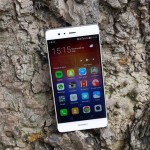
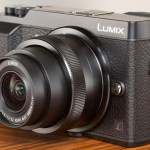



I like the Linx7 windows tablet – £39 on Ebay!
I like the Linx7 windows tablet – £39 on Ebay!